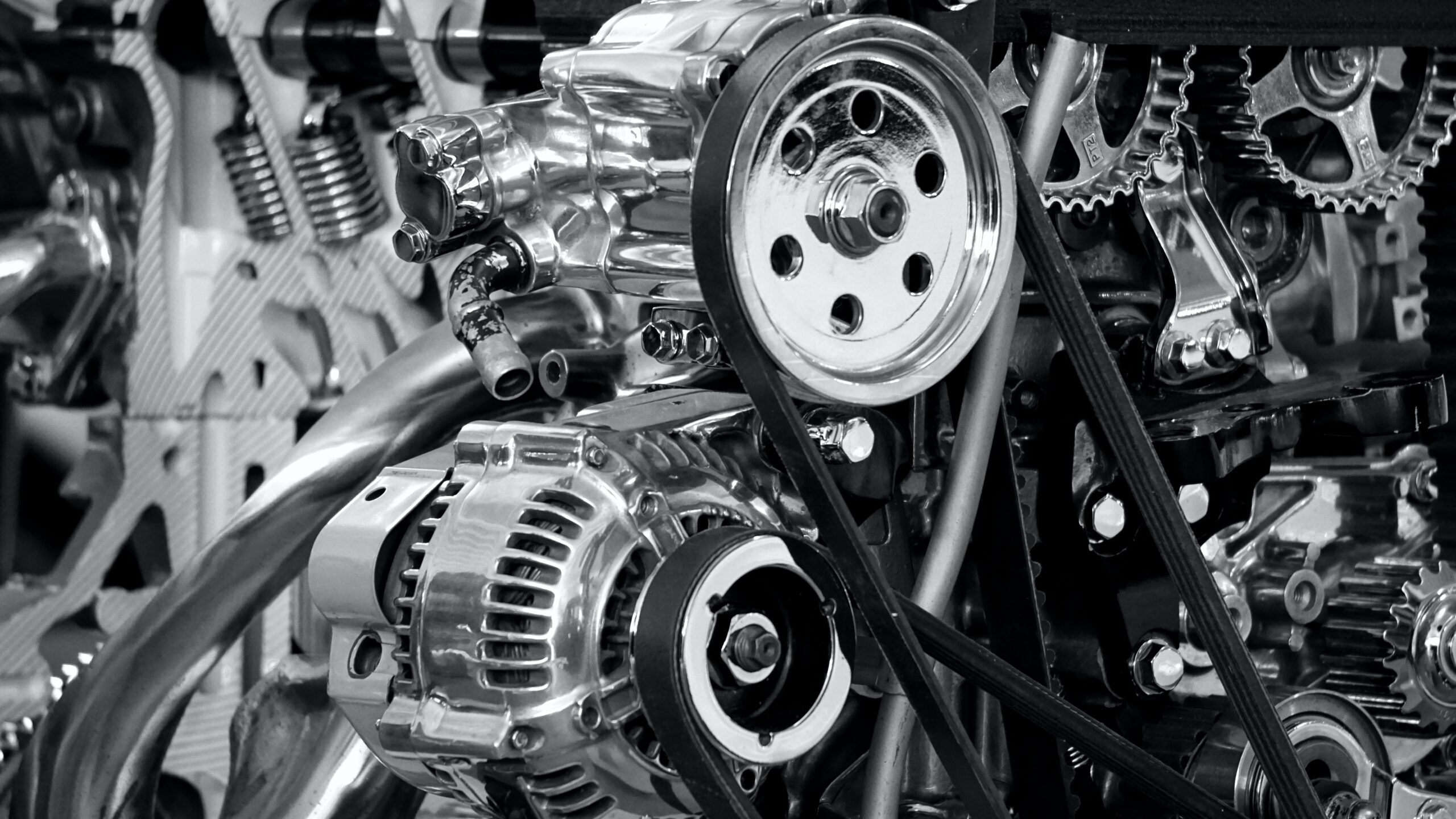New York, with its eclectic blend of urban hustle and scenic drives, provides a dynamic backdrop for classic car enthusiasts. If you’re considering diving into the world of vintage vehicles in the Empire State, this guide is your essential companion. In addition to navigating New York’s classic car scene, we’ll delve into the critical aspect of assessing the engine condition, ensuring you make an informed purchase while cruising down iconic New York roads.
1. Understand New York’s Regulations: Begin your journey by acquainting yourself with New York’s regulations concerning classic cars. Familiarize yourself with emissions standards, safety inspections, and registration requirements. Knowing the legal landscape is crucial before embarking on your classic car quest.
2. Explore New York’s Classic Car Scene: Immerse yourself in New York’s classic car culture by attending shows, auctions, and enthusiast meetups. Engaging with local collectors and enthusiasts can offer valuable insights into the market and potential leads on well-maintained vehicles.
3. Seek Out Reputable Dealers and Sellers: Identify reputable classic car dealerships in New York and explore online platforms and classified ads. When evaluating potential purchases, always inquire about the engine’s condition and request maintenance records.
4. Evaluate Engine Condition: Assessing the engine is pivotal when buying an old car. Here’s how you can do it:
- Inspect for Leaks: Check under the car for oil or coolant leaks. Leaks could indicate worn-out gaskets or seals.
- Check Exhaust Smoke: Start the engine and observe the exhaust. Excessive smoke, especially blue smoke, might indicate burning oil and potential engine issues.
- Listen Carefully: Pay attention to unusual noises, such as knocks, rattles, or ticking sounds. These could signify internal engine problems.
- Look for Maintenance Signs: A well-maintained engine will have clean oil, a functional air filter, and a well-maintained battery. Signs of neglect in these areas could indicate broader engine issues.
- Compression Test: If possible, perform a compression test. Variations in compression levels between cylinders could point to engine wear or internal damage.
5. Consider Urban vs. Rural Factors: Factor in the environment where the car has been driven. Urban cars might have more wear due to stop-and-go traffic, while rural cars could have wear from rough terrain. Choose a vehicle that aligns with your driving conditions.
6. Account for Storage and Maintenance: Consider where you’ll store the car and where you’ll get it maintained. A secure storage facility and access to skilled mechanics specializing in classic cars are invaluable assets for a vintage car owner.
7. Leverage Local Networks: Connect with local car enthusiasts and clubs not only for advice on potential purchases but also for recommendations on reliable mechanics who can assess and maintain your vintage vehicle’s engine.
8. Negotiate Wisely and Verify Documentation: Negotiate the price based on your assessment of the engine’s condition and any potential repair costs. Additionally, meticulously verify all documentation, including the engine’s maintenance history, to ensure the car’s overall health aligns with your expectations.
Conclusion: Navigating the classic car market in New York is an exciting endeavor, made more fulfilling with a comprehensive understanding of the engine inspection process. By combining market knowledge, local insights, and a keen eye for engine condition, you’re well-equipped to find a vintage vehicle that not only captures the essence of New York’s classic car scene but also promises countless adventures on the roads of the Empire State. Happy hunting!



Leave a Reply